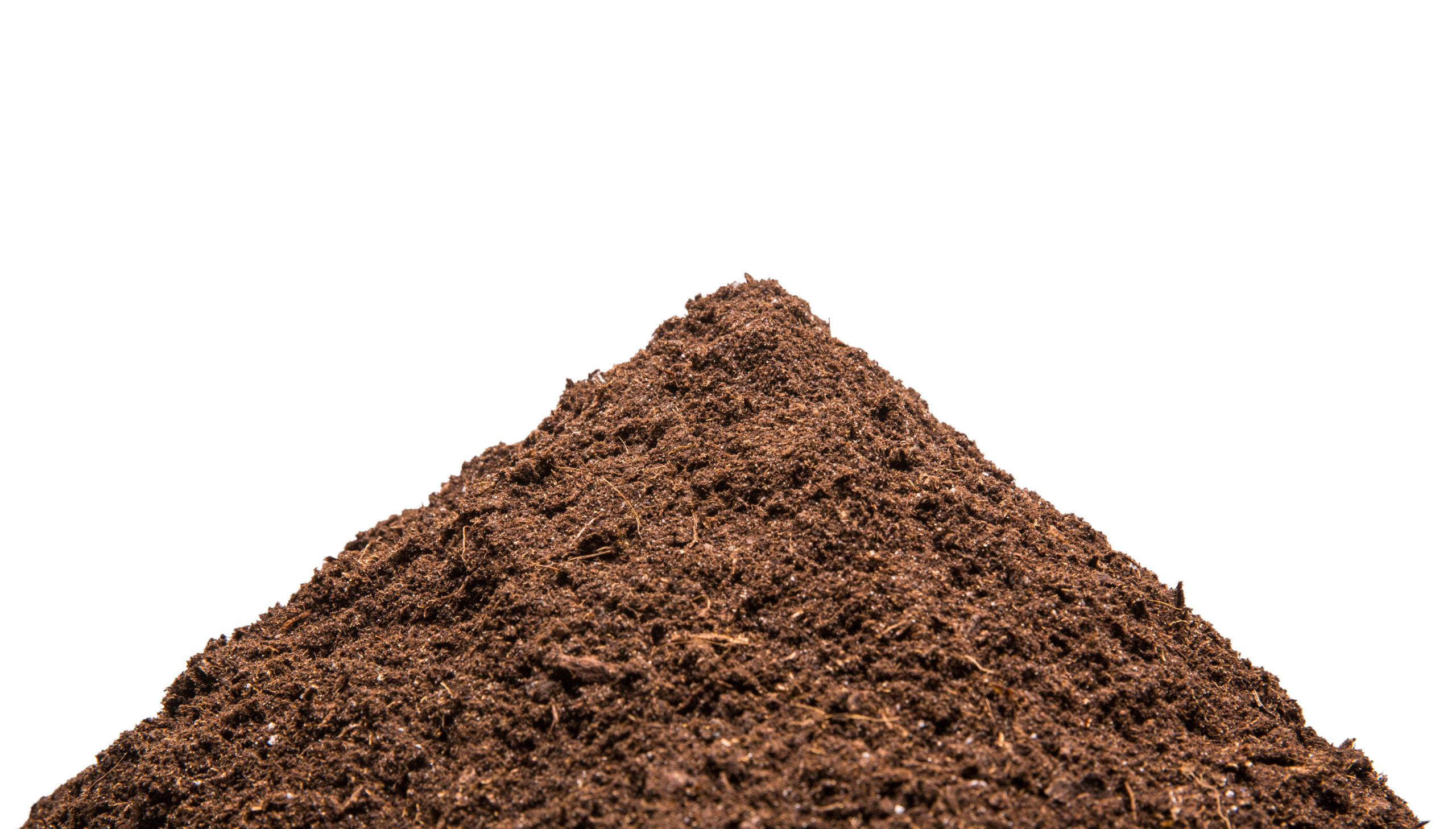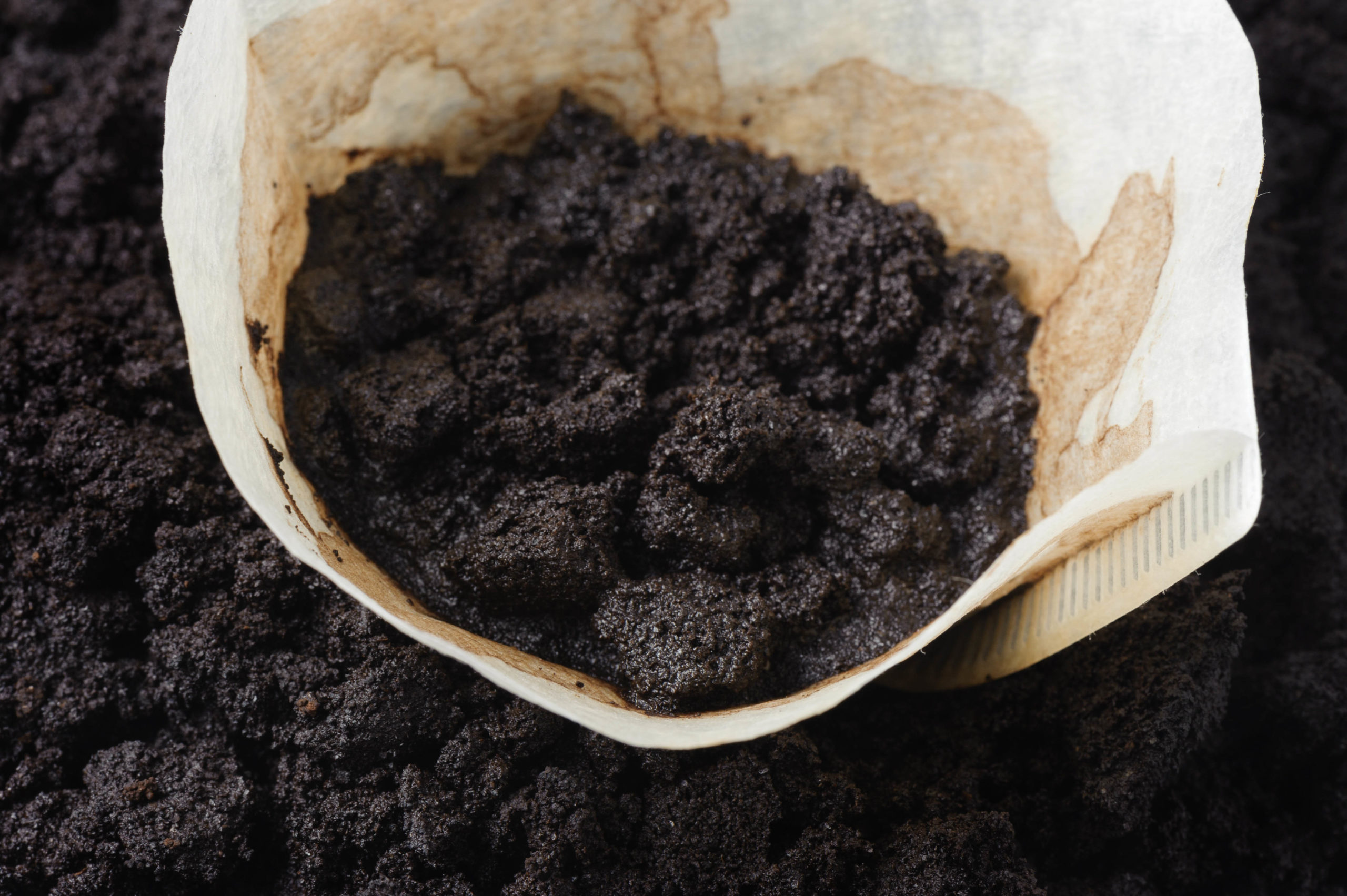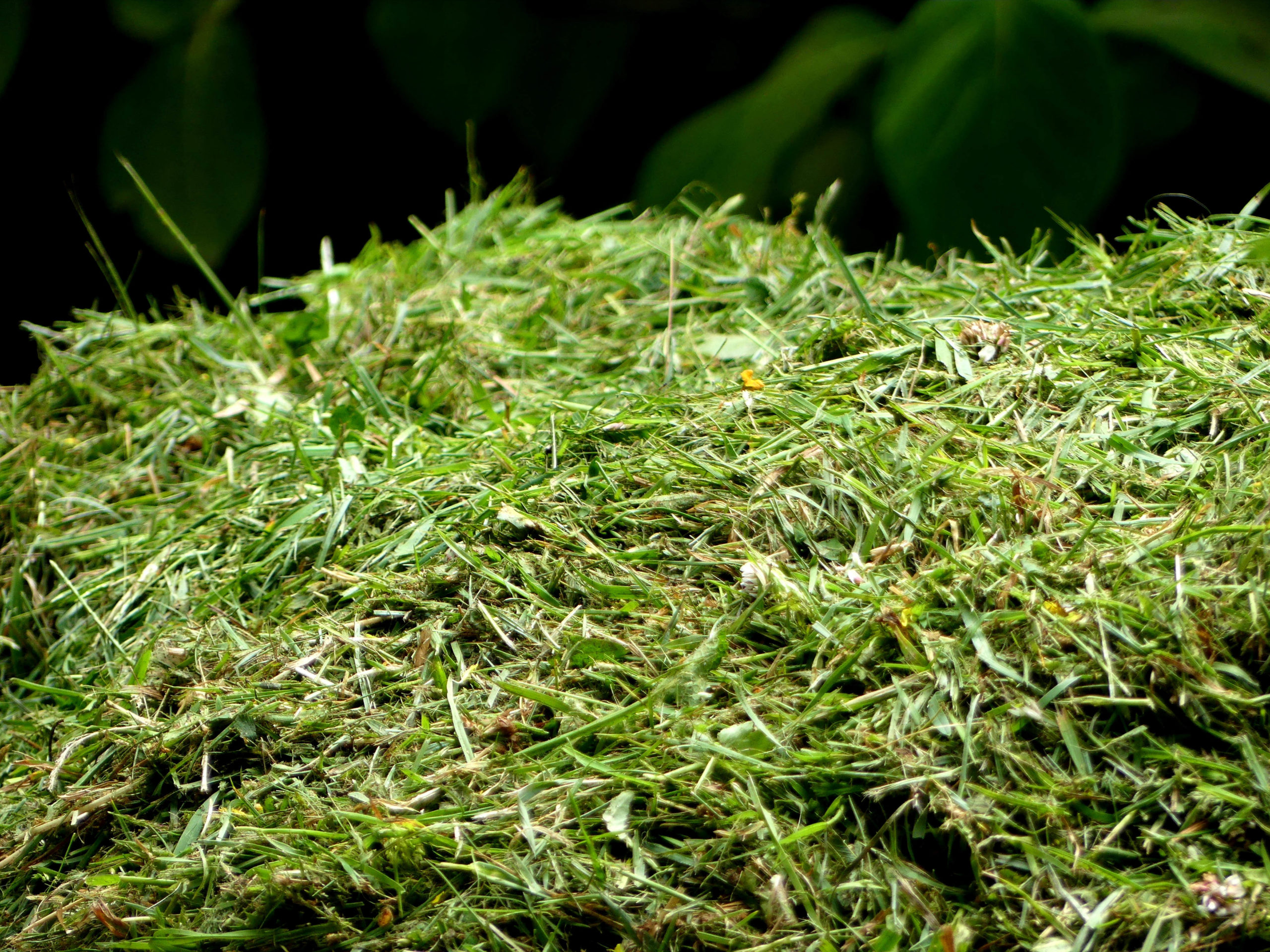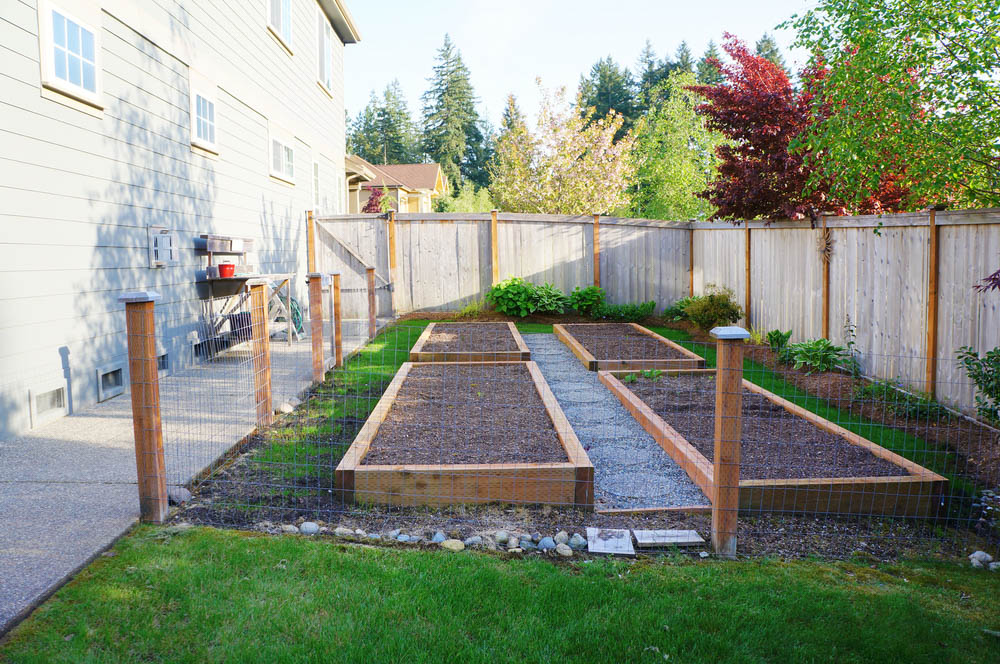Planning for New Vegetable Gardens: Decompact Soil Slowly
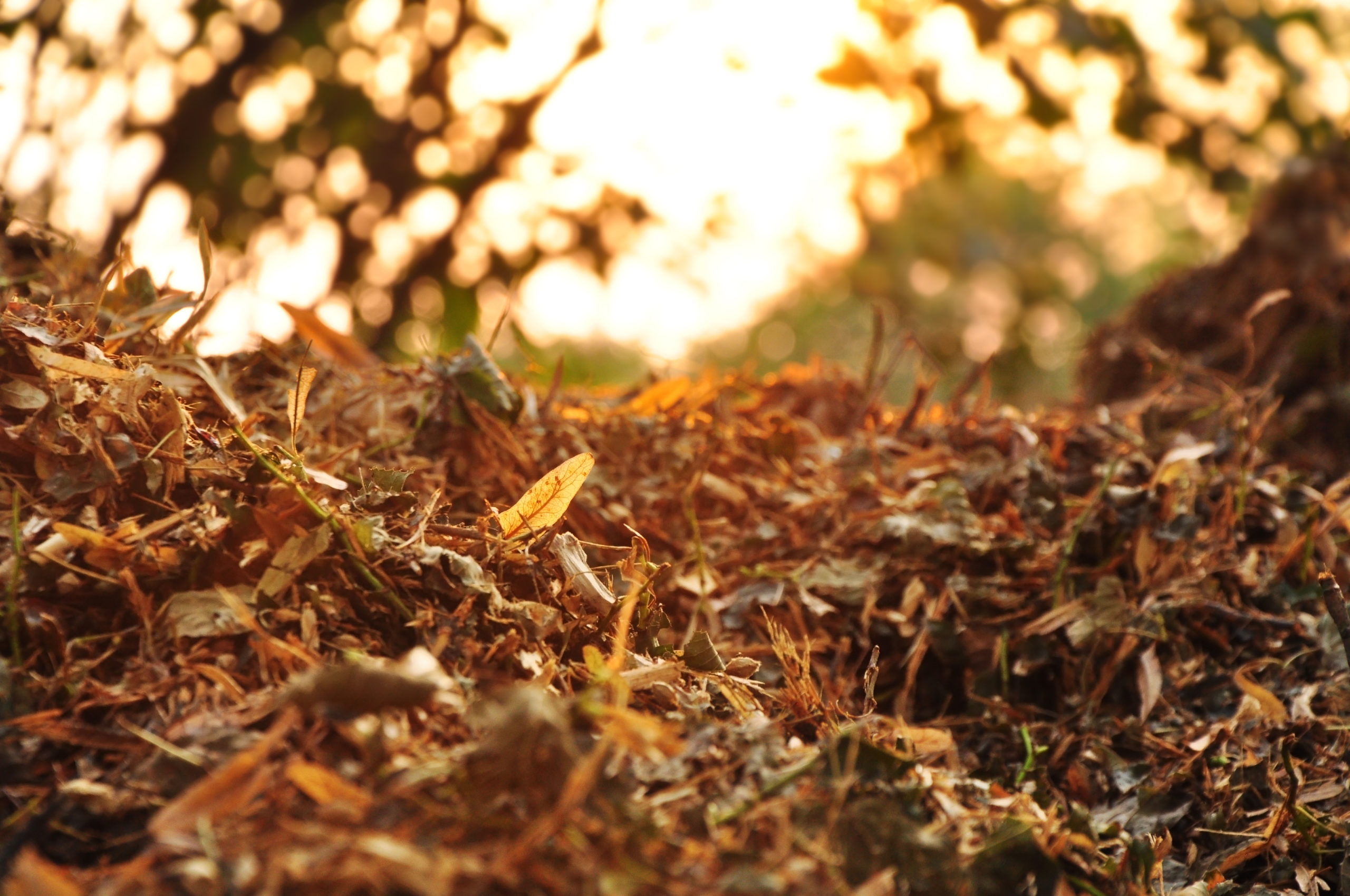
GardenZeus receives commissions for purchases made through links in this post. There is no additional cost to you.
Planning for New Vegetable Gardens: Part 8: Decompact Soil Slowly
What are the best methods for decompacting soil in your garden, without using a rototiller and without attacking soil with a pick, shovel, or spading fork?
This is the 8th in a series of articles offering advice and solutions for common challenges when starting a garden in California. See below for links to other articles in the series.
Home gardening is one of the safest and most-rewarding activities during the COVID-19 pandemic. For other helpful articles, see our blog page Dig In.
Planting Methods to Avoid Compaction
- If you want to plant right away into compacted soil, mechanical loosening of soil is the only option. See Decompact Soil Quickly
- If for any reason you’re unwilling or unable to loosen soil mechanically or manually, the best option is to plant in raised beds. Bed height of 12 inches is sufficient for most smaller vegetables and greens, while 16 inches is better for larger plants such as tomatoes and squash.
- GardenZeus recommends a combination of about 1/3 local soil from your yard (provided that you know the soil is nontoxic; see Introduction to Soil Toxicity), 1/3 washed sand, and up to 1/3 organic matter such as compost or bagged potting soil that’s labeled for vegetables. Organic matter degrades and disappears as it is eaten by soil life, so using compost or potting soil only in raised beds will result in the soil level dropping over weeks and months.
- Other options include large pots, mounds, or any other method that allows plants to grow above the surface of compacted soil. For example, see Grow Cucurbits in a Mature Compost Pile
- An additional benefit of growing in pots or raised beds is that increased activity of micro and macro organisms under the beds or pots will naturally begin to decompact soil. Normally after a growing season or two, soil beneath a raised bed is easy to loosen with a spading fork.
Prevent Future Compaction
- Methods for preventing future decompaction fall into two categories: 1) Limiting or eliminating pressure at the surface of the soil, and 2) Reducing impact of pressure or traffic at the surface of soil.
- Almost any pressure, traffic, or impact at the surface of soil will increase compaction. Even slight impacts, such as from rain, over years and decades can cause compaction.
- Limit human traffic in your garden and landscape. Define and use exact and limited walkways. Use barriers such as edging or low walls to discourage traffic in or near beds. Avoid stepping on soil near plants. Educate everyone who enters your garden about the impact of foot traffic on soil.
- Use low fencing or other barriers to discourage pet and animal traffic in garden beds. Where wild animals such as coyotes, bunnies, raccoons, and possums may cause compaction, use rose canes or other thorned stems to discourage animal traffic. See Cut Rose Canes as Deterrant for Mammalian Pests. This is extremely effective with most wild animals with paws rather than hooves, and for domestic cats, but not an appropriate method for discouraging dog traffic. Individual dogs might not have the right intelligence or memory, or might have too much energy and exuberance, to avoid areas that might hurt their paws.
- Use mulch to spread weight, reduce compaction, and encourage microbial activity in pathways and any areas where traffic can’t be prevented. Use at least an inch of fine or medium mulch around plants to minimize compaction from gentler sources such as rain and small animals.
- Use a digging board, such as a piece of plywood or other flat surface stand or knee on whenever working near plants.
Slow and Easy Methods for Soil Decompaction
- Slow methods for soil decompaction rely on soil life rather than mechanical loosening or human effort. Anything that can be done to encourage worms, other macro organisms including soil-dwelling insects and crustaceans such as roly-polys, and microbes within soil will help to decompact soil.
- Thick mulch, ideally at least 6 inches to a foot in depth, kept moist or left to decompose over the winter rainy season in California, will begin to decompact soil. Often after a few months, soil compaction is reduced enough to allow easy loosening with a spading fork. Apply a thick layer of organic matter such as animal manures, compost, coffee grounds, fine mulch, or lawn clippings under a few inches of medium or coarse organic matter such as dried leaves, pine needles, or wood chips.
-
- Anywhere that soil or mulch is kept moist, organic matter and oxygen are sufficient, and soil isn’t toxic, earthworms will multiply and naturally loosen soil.
- Sheet mulch that uses a layer of cardboard under organic mulch is less effective for soil decompaction than simple organic mulch. The cardboard limits water infiltration, and large areas of soil may stay dry and compacted.
- Raised beds and planting pots placed on the surface of compacted soil may have the same effect as mulch or mounded organic matter. As moisture, organic matter, nutrients, and plant roots move from raised beds and pots into compacted soil, they naturally encourage soil life and reduce compaction.
Is Your Garden Soil Alkaline?
- The majority of urban soils in California are alkaline. The next article in this series, “Introduction to Soil Alkalinity,” will explain why alkalinity is among the most-difficult barriers to success with a new garden.
Gardeners who can’t wait to decompact soil slowly may consider using raised beds, at least temporarily.
Other articles offering advice and solutions for common challenges when starting a garden in California:
Part 4: Introduction to Soil Toxicity
Part 5: Common Causes of Soil Toxicity
Part 6: Introduction to Soil Compaction
Part 7: Decompact Soil Quickly
Future installments include:
Part 9: Introduction to Soil Alkalinity
Part 10: Managing Soil Alkalinity
Part 11: introduction to Soil Fertility
Part 12: Watering
Part 13: Pest and Pet Exclusion
Part 14: Minimizing Pest Insects
GardenZeus has plenty of information to help you get started growing fruits and vegetables. To receive customized growing information for your area, click here.
Articles of interest for novice gardeners include:
How to Choose the Best Seeds for California Gardens
The GardenZeus Guide to Starting Tomato Seeds
Container Gardening: Cucumber, Corn, Snap Peas and Eggplant
